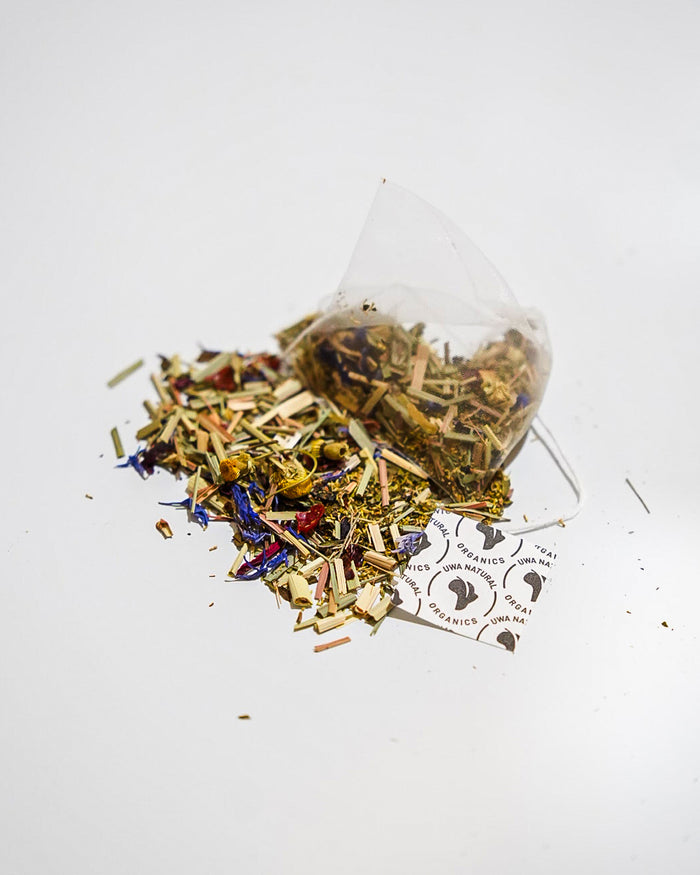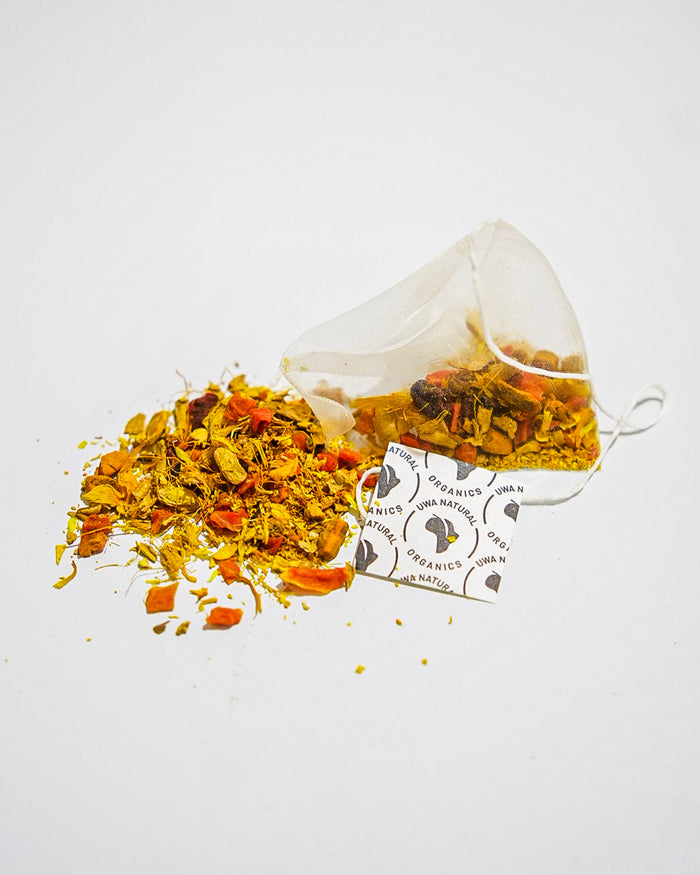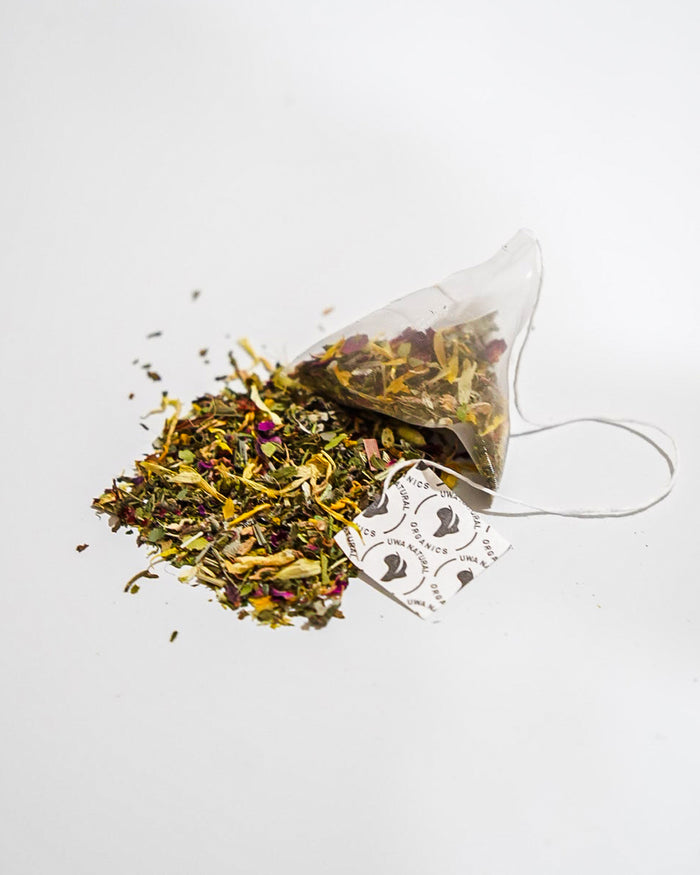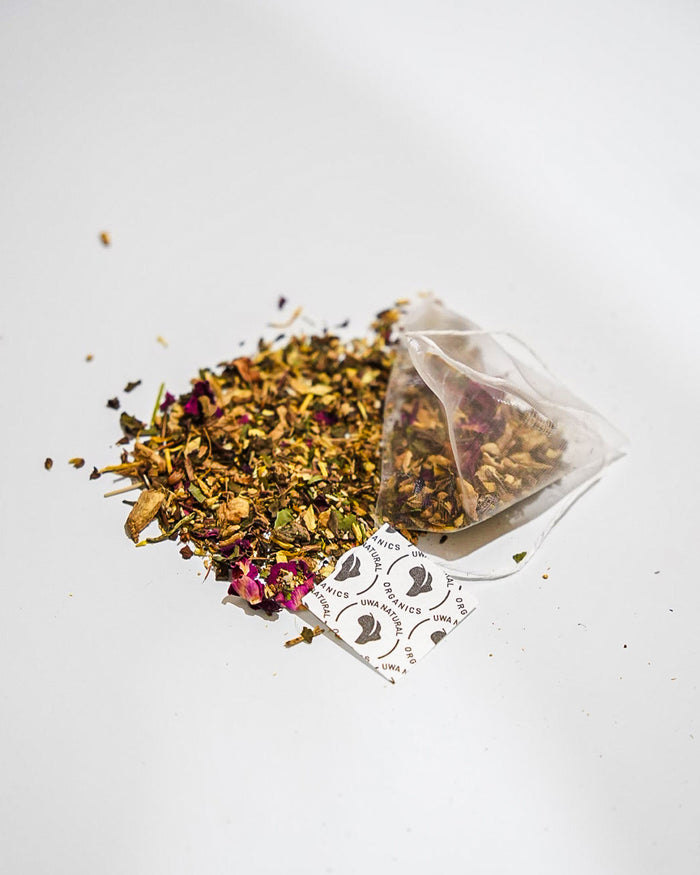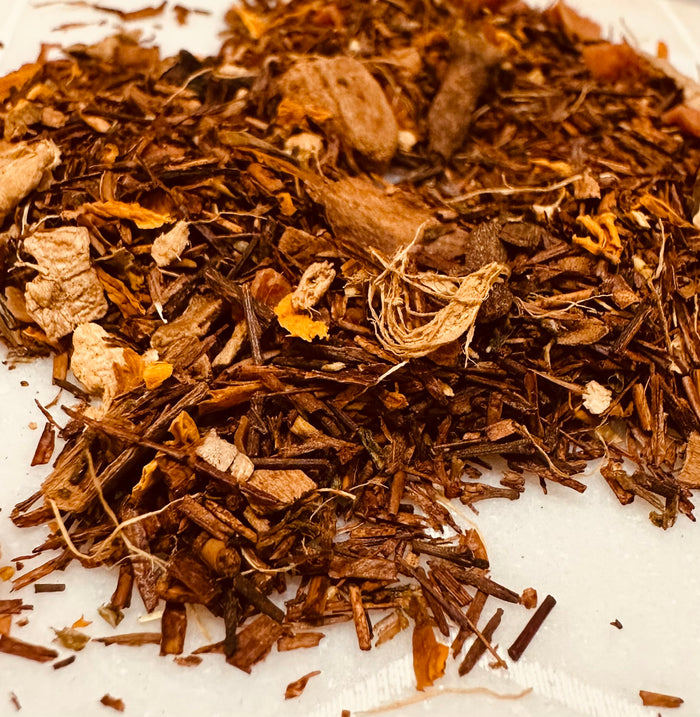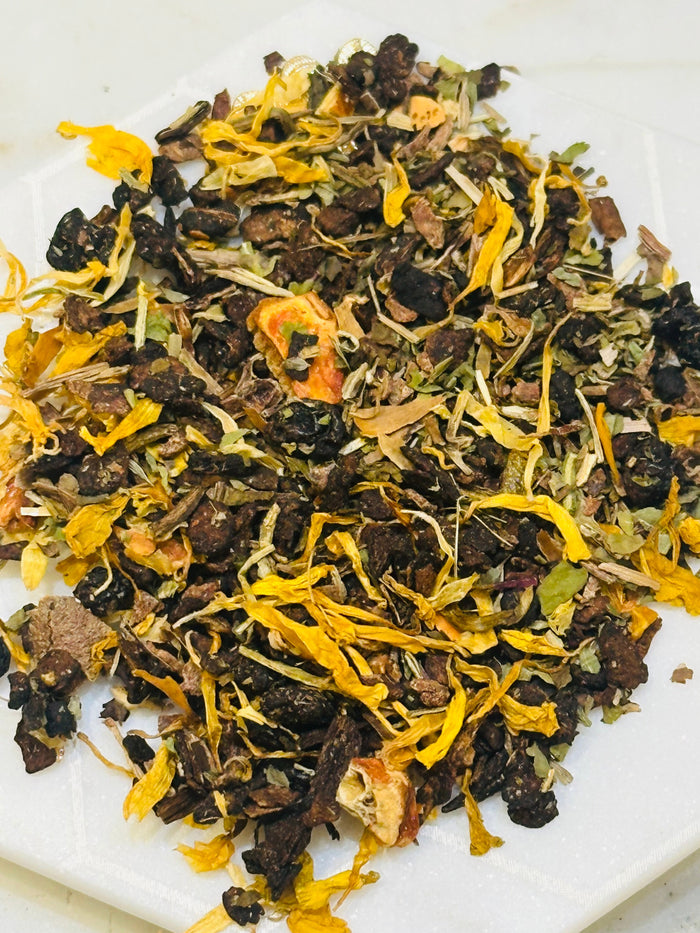

· By Shopify API
Understanding the Journey from Leaf to Cup in Organic Tea Production
Discover the enchanting journey of organic tea, from the lush green fields where the leaves are harvested to the comforting cup that sits in your hands. This blog will walk you through each step of the process, making it easy to appreciate the craftsmanship behind every sip. Whether you’re a seasoned tea lover or just beginning your exploration of organic teas, understanding this journey will deepen your appreciation for this beloved beverage.
The Origins of Organic Tea
Organic tea has roots that run deep, drawing from ancient traditions where nature’s harmony was prioritized. In places like China and India, tea plants have flourished for centuries, revered not just for their flavors but also for their ecological importance. The emergence of organic farming practices has transformed these time-honored traditions, marrying age-old agricultural wisdom with modern sustainability principles.
At its core, organic tea represents a commitment to purity, both in cultivation and processing. This means no synthetic fertilizers or pesticides are used, allowing the true essence of the tea leaf to shine through. The rich flavor profiles and vibrant aromas we experience today are direct reflections of this dedicated approach to farming. As we delve deeper into the history, it becomes clear that organic tea is not merely a product, but a celebration of nature.
Understanding Organic Farming Practices
Organic farming practices are pivotal in the journey of organic tea production. This method enhances soil health, reduces pollution, and encourages biodiversity, creating a thriving ecosystem that benefits both the tea plants and surrounding flora and fauna. Farmers cultivate tea with techniques such as crop rotation and composting, which enrich the soil naturally and encourage strong root development.
In addition to nurturing the land, organic practices involve careful pest management. Instead of relying on chemicals, farmers employ biological controls—using beneficial insects to combat pests—as well as planting companion crops that deter harmful insects. This holistic approach not only safeguards the integrity of the tea but also enhances the complex flavors found in each cup of organic tea. It’s a win-win for both the environment and tea drinkers.
Moreover, organic certification ensures that these practices are maintained. Farmers undergo rigorous inspections to verify that they adhere to strict guidelines, which means when you sip organic tea, you’re supporting a system dedicated to environmental consciousness and ethical farming.
Harvesting Tea Leaves: The Art and Timing
The harvesting of tea leaves is an intricate dance of timing and artistry. The best organic tea is picked by hand, often at dawn when leaves are at their freshest and most flavorful. Harvesters are trained to pick only the top two leaves and a bud from each plant—the holy trinity of tea craftsmanship. This selective picking ensures that the highest quality leaves are chosen, contributing to the flavor and aroma that make organic tea so special.
Timing is essential, as the flavor profile of the leaves can change drastically based on the season and time of day they are harvested. Early spring yields younger leaves with tender characteristics, perfect for green teas, while summer’s mature leaves may be ideal for black teas. This delicate balance of nature’s moments influences not just the taste but the entire experience of drinking organic tea.
The Process of Withering: Preparing for Perfection
Withering is a crucial step in transforming freshly picked leaves into a delightful cup of organic tea. This process allows the leaves to lose moisture and wilt slightly, preparing them for subsequent steps like oxidation. Once harvested, tea leaves are spread out in a controlled environment where gentle air circulation helps in reducing their moisture content while enhancing their flavor profile. It’s a meticulous technique that requires keen observation and skill.
Through withering, essential enzymes are activated, which lay the groundwork for the complex flavors that will develop later. The goal is to strike the perfect balance—too much moisture retention can lead to undesirable flavors, while too much loss can compromise the leaf’s integrity. This step is the starting point of a journey toward crafting an exquisite tea experience.
Oxidation: The Key to Flavor Development
Oxidation is often seen as the heartbeat of tea production. This step is where leaves undergo a chemical change that significantly influences flavor, color, and aroma. Organic tea producers pay meticulous attention to this process, manipulating environmental factors such as temperature and humidity to achieve the desired tea characteristics. For black tea, leaves are allowed to fully oxidize, resulting in bold, rich flavors, while green teas are minimally oxidized to retain their bright, fresh notes.
The science behind oxidation is fascinating; it’s a delicate interplay of enzymes and chlorophyll. During this step, the leaves change from vibrant green to shades of copper and amber. This transformation not only appeals to the eye but also plays a crucial role in flavor development. Each type of organic tea has a distinct oxidation profile, which contributes to its unique palate, making every cup an adventure waiting to be explored.
Drying Techniques in Organic Tea Production
The drying process in organic tea production is the final frontier, ensuring that the flavors and aromas are locked in for your enjoyment. There are several drying techniques used, from air-drying to pan-firing, each imparting its unique signature on the tea. Air-drying, favored for green teas, gently removes moisture, preserving the vegetal character of the leaves. Meanwhile, pan-firing imparts a roasted note that enhances the richness in oolong and black teas.
By controlling the drying conditions, producers can capture the essence of the leaves beautifully. The degree of drying also influences the shelf life of the tea, ensuring that every sip remains fresh long after leaving the farm. Understanding these methods brings us closer to appreciating the skill involved in crafting organic tea.
The Final Steps: Packaging and Quality Control
After careful processing, the journey of organic tea nears its conclusion with packaging and quality control. This stage is critical, as it ensures that the tea remains protected from light, moisture, and air. Packaging materials are meticulously chosen to preserve the freshness and flavor profile while promoting sustainability. Many organic tea brands now opt for eco-friendly packaging solutions, aligning with their commitment to preserving the environment.
Quality control measures are paramount at this final stage. Teas are sampled and evaluated for flavor consistency, aroma, and appearance. Any imperfections are meticulously monitored to ensure that only the finest products reach the consumer. This unwavering dedication to quality is what maintains the trust between tea artisans and tea lovers alike.
Brewing the Perfect Cup of Organic Tea
Brewing the perfect cup of organic tea is the culmination of this beautiful journey from leaf to cup. The right water temperature and steeping time can utterly transform your tea experience. Generally, green teas perform best with lower temperatures to avoid bitterness, while black teas can thrive in hotter water. Each variety brings its own set of guidelines, and it’s this attention to detail that allows the full spectrum of flavors to shine.
Additionally, using freshly filtered water contributes to a cleaner taste. While the quality of tea is paramount, the quality of water used can elevate the experience to new heights. Investing in good tea and good water creates a ritual of enjoyment—making each cup a reminder of the care that went into bringing it to life.
Appreciating the Journey Behind Every Sip
By understanding the intricate process of organic tea production, we can cultivate a deeper appreciation for the world of tea. From farm to cup, each step plays a vital role in bringing us the flavors we love. The next time you sip your favorite blend, remember the dedication and care that goes into each leaf. Embrace this knowledge and consider supporting brands that prioritize organic practices. Enjoy your tea journey!

